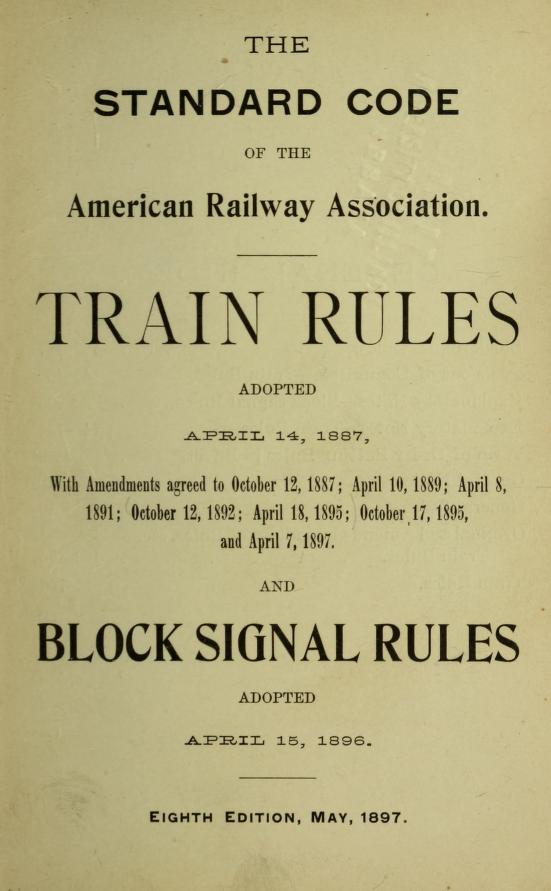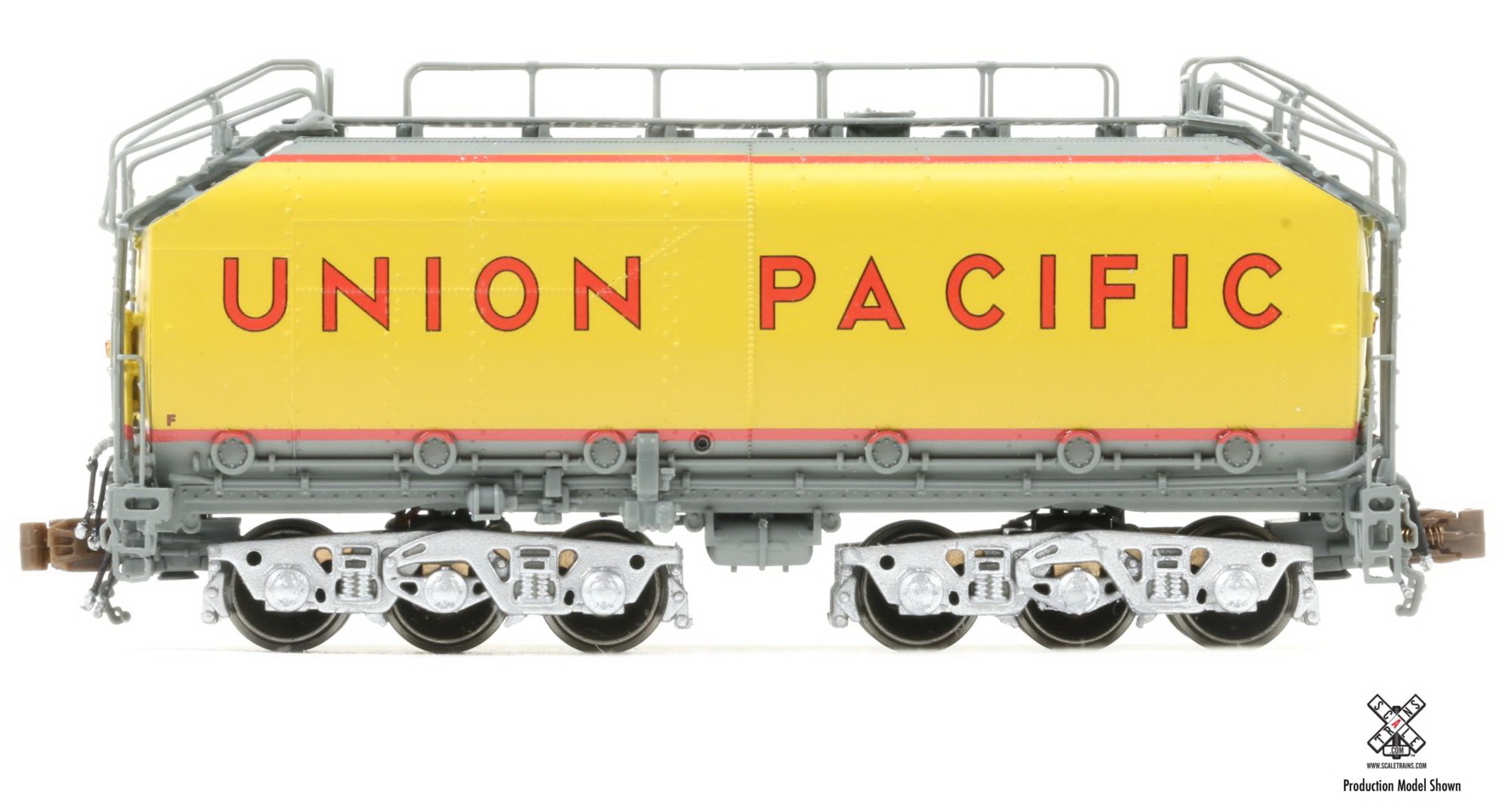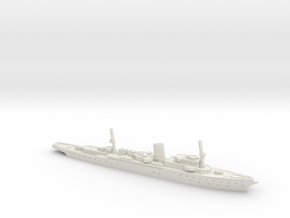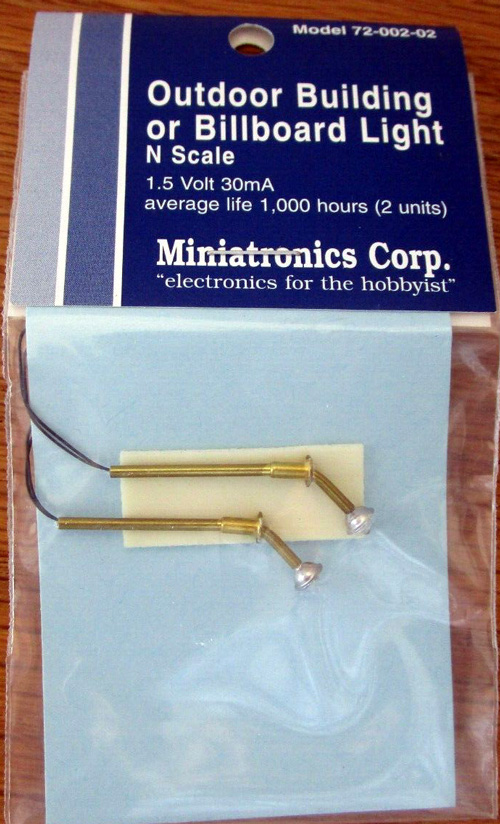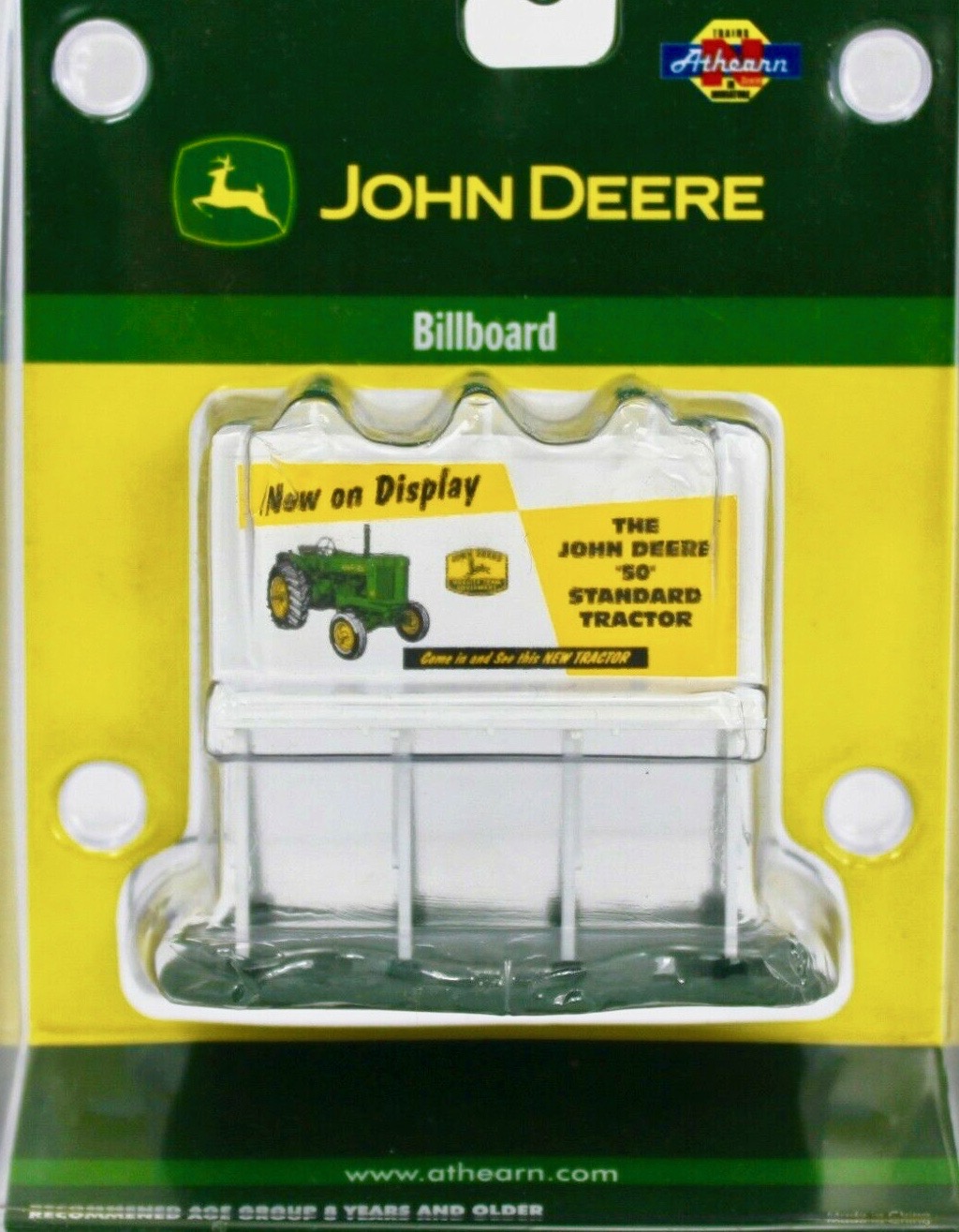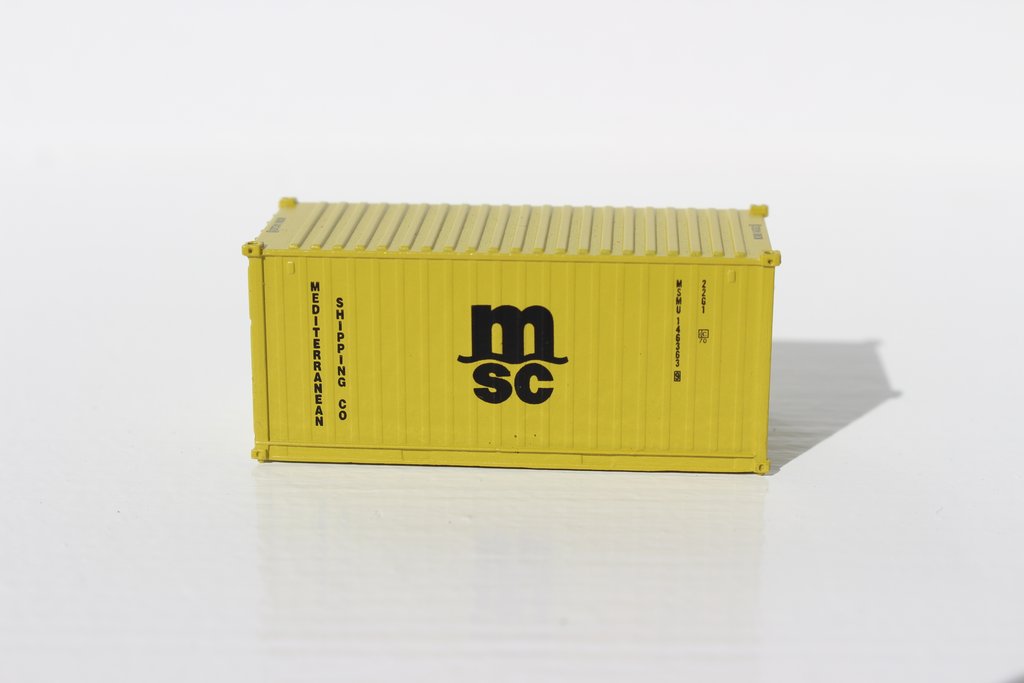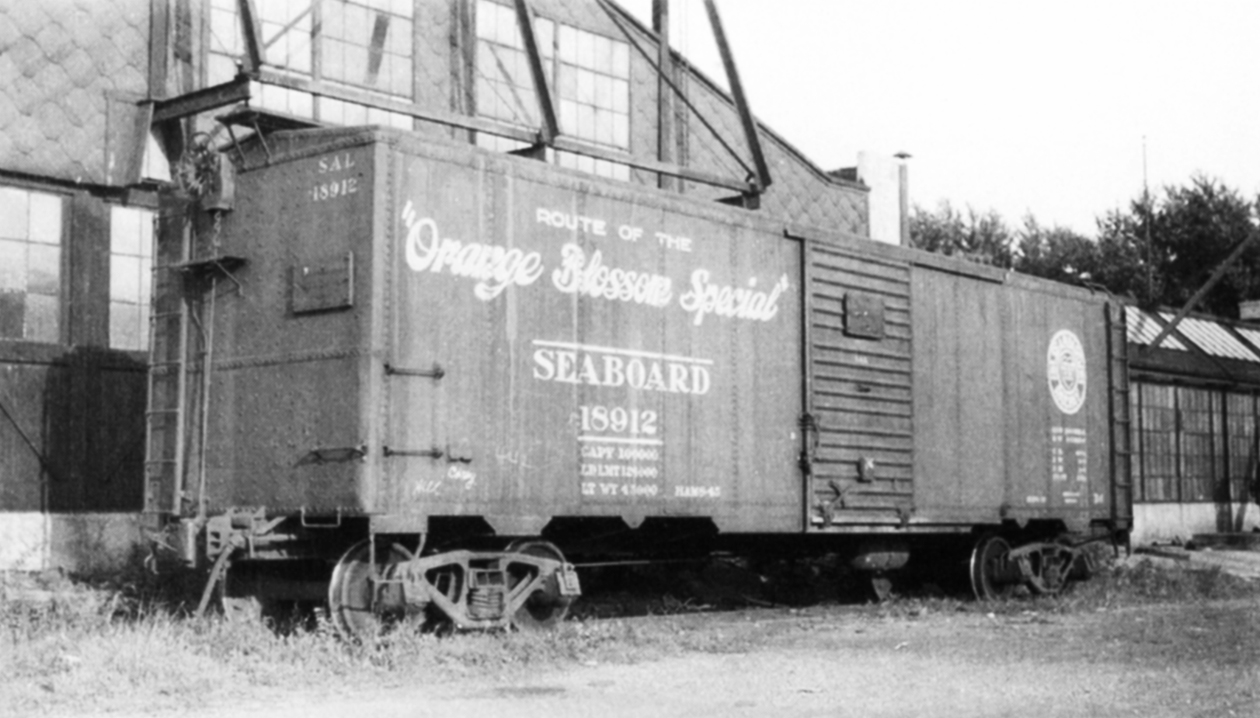Body Style Information: Features: Accurate painting and printing; Friction-bearing trucks; AccuMate® couplers.
Prototype Information: The first all-steel box car adopted as standard by the American Railway Association or ARA was a sound design, but unfortunately adopted near the depth of the Depression. Accordingly, not many railroads had the funds to buy this design, and orders only totaled 14,500 cars. But some of the railroads which did buy the 1932 car bought substantial numbers of them, and they are significant railroads: the Missouri Pacific (with subsidiaries, purchasing over 3000 cars) and the Seaboard (2000 cars). The Seaboard cars are especially interesting because the railroad chose to use the flat steel roof and ends reminiscent of the ARA’s proposed all-steel box car of 1923 (not adopted as standard), and widely used on the Pennsylvania X29 and Baltimore & Ohio M-26 classes.
In the early 1920's the Pennsylvania Railroad developed plans for a steel-sheathed box car and designated the design X-29. Production of this design began in 1924 and lasted into 1934. During this time period almost 30,000 Pennsylvania X-29 cars were built. Not all X-29's were the same. Their parts components varied from the original cars almost immediately. Variations included: frame components, brake systems, side sheathing, ends and doors just to mention the major changes. The 1924 X-29 was produced with the split K-brake or AB brake (added later), flat ends and side sheathing that has the 2nd to last panel from each end of the car overlapping its adjacent panels.
The ARA / X-29 box cars were noticeably shorter in height (8'-7" inside height) than later cars. .
There are many photographs showing X-29's lasting into Penn Central maintenance of way service.
More on PRR X-29 on this web site.
In the early 1920's the Pennsylvania Railroad developed plans for a steel-sheathed box car and designated the design X-29. Production of this design began in 1924 and lasted into 1934. During this time period almost 30,000 Pennsylvania X-29 cars were built. Not all X-29's were the same. Their parts components varied from the original cars almost immediately. Variations included: frame components, brake systems, side sheathing, ends and doors just to mention the major changes. The 1924 X-29 was produced with the split K-brake or AB brake (added later), flat ends and side sheathing that has the 2nd to last panel from each end of the car overlapping its adjacent panels.
The ARA / X-29 box cars were noticeably shorter in height (8'-7" inside height) than later cars. .
There are many photographs showing X-29's lasting into Penn Central maintenance of way service.
More on PRR X-29 on this web site.
Road/Company Information: 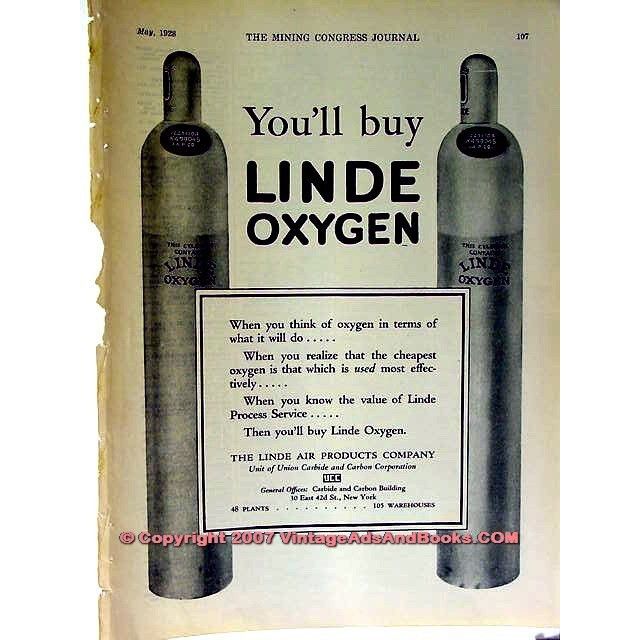 The Linde Group, a German chemical company, founded Linde Air Products in 1907 as a US subsidiary. In 1917, during the First World War, the company was expropriated by the United States government and then acquired by Union Carbide, which operated it as a subsidiary. The Tonawanda, NY facility was instrumental in the development of the atomic bomb as the uranium used in the early bombs was processed there.
The Linde Group, a German chemical company, founded Linde Air Products in 1907 as a US subsidiary. In 1917, during the First World War, the company was expropriated by the United States government and then acquired by Union Carbide, which operated it as a subsidiary. The Tonawanda, NY facility was instrumental in the development of the atomic bomb as the uranium used in the early bombs was processed there.
The Linde Air Company performed uranium and nickel processing for the Manhattan Engineer District (MED) and the Atomic Energy Commission (AEC) at the Ceramics Plant in Tonawanda. African and Canadian ores were milled to black oxides at the plant. Documents indicate that the facility was placed on standby as of March 1, 1950. Linde's contractual agreements with the AEC continued through 1953 for various activities relating to closing out work at the Tonawanda location. Linde was a part of Carbide and Carbon Chemical Corporation (C&CCC), which then became Union Carbide.

The Linde Air Company performed uranium and nickel processing for the Manhattan Engineer District (MED) and the Atomic Energy Commission (AEC) at the Ceramics Plant in Tonawanda. African and Canadian ores were milled to black oxides at the plant. Documents indicate that the facility was placed on standby as of March 1, 1950. Linde's contractual agreements with the AEC continued through 1953 for various activities relating to closing out work at the Tonawanda location. Linde was a part of Carbide and Carbon Chemical Corporation (C&CCC), which then became Union Carbide.
Brand/Importer Information: In 1924 Stephan Schaffan, Sr. founded the Atlas Tool Company in Newark, New Jersey. In 1933 his son, Stephan Schaffan, Jr., came to work for his father at the age of sixteen. Steve Jr. built model airplanes as a hobby and frequented a local hobby shop. Being an enterprising young man, he would often ask the owner if there was anything he could do to earn some extra spending money. Tired of listening to his requests, the hobby-store owner threw some model railroad track parts his way and said, "Here, see if you can improve on this".
Atlas has made a ton of wonderful products throughout the years and we often get questions one whether we have run a certain road name on a particular model. It should be noted that Atlas locomotives and rolling stock are greatly appreciated for their superior operating and running characteristics. Atlas products are also well known for their outstanding collectability not only due to their superior prototypical workmanship, details and decoration, but because there are relatively so few of them made. Each and every production run has been carefully built to market demand, meaning almost every piece in any given run is sold out by Atlas on arrival or shortly thereafter, thus creating a built in collectors market.
Atlas has made a ton of wonderful products throughout the years and we often get questions one whether we have run a certain road name on a particular model. It should be noted that Atlas locomotives and rolling stock are greatly appreciated for their superior operating and running characteristics. Atlas products are also well known for their outstanding collectability not only due to their superior prototypical workmanship, details and decoration, but because there are relatively so few of them made. Each and every production run has been carefully built to market demand, meaning almost every piece in any given run is sold out by Atlas on arrival or shortly thereafter, thus creating a built in collectors market.
Item created by: devsummers428 on 2019-12-10 09:23:57. Last edited by devsummers428 on 2020-05-07 00:00:00
If you see errors or missing data in this entry, please feel free to log in and edit it. Anyone with a Gmail account can log in instantly.
If you see errors or missing data in this entry, please feel free to log in and edit it. Anyone with a Gmail account can log in instantly.




